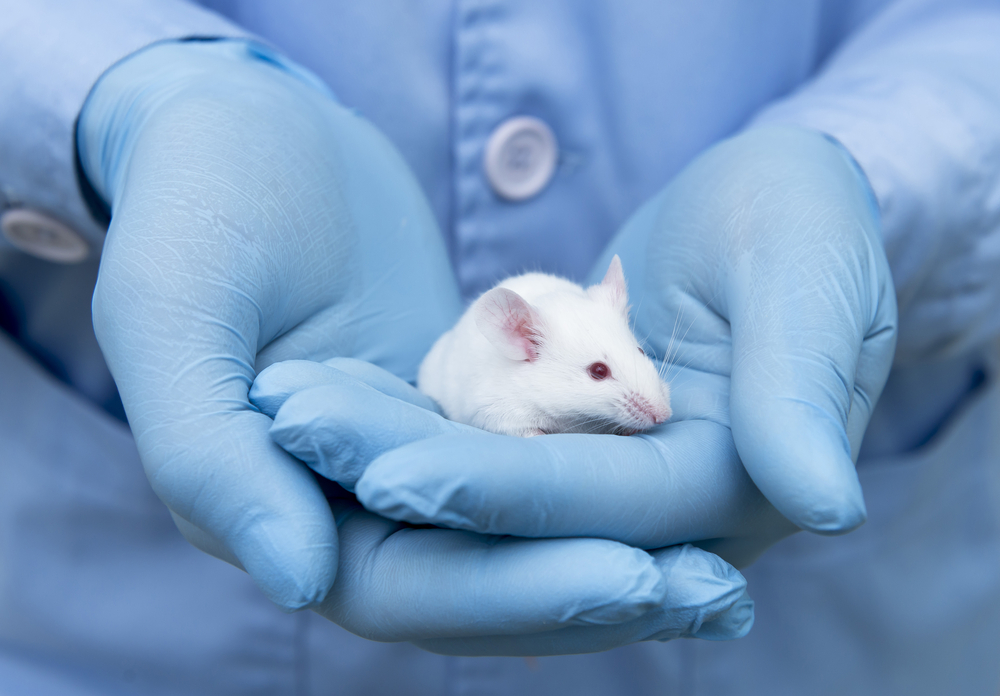Seizures May Reduce Brain Cell Production, Result in Poor Spatial Discrimination, Mouse Study Suggests
Written by |

Spontaneous seizures reduce the production of new brain cells, and result in poor spatial discrimination — a common occurrence in people with Alzheimer’s disease, according to a mouse study.
The study, “Early Seizure Activity Accelerates Depletion of Hippocampal Neural Stem Cells and Impairs Spatial Discrimination in an Alzheimer’s Disease Model,” was published in Cell Reports.
As disease progresses, Alzheimer’s patients may lose their perception of depth. They can misjudge distances, or changes in height, and have trouble distinguishing between two-dimensional and three-dimensional objects, researchers say.
An exact mechanism has not been identified as the trigger for these visuospatial problems. But one hypothesis on the table points to disturbances in the production of new nerve cells by neural stem cells, or neurogenesis, within the adult hippocampus — a brain region crucial for memory formation and cognition.
For a long time, neurogenesis was thought to solely occur during embryonic development. However, evidence now indicates neurogenesis does occur in the hippocampus of adults. Importantly, the production of new brain cells is decreased in people with Alzheimer’s.
“[Alzheimer’s] patients also exhibit epileptiform activity and spontaneous seizures that begin early in disease progression, often in the fifth or sixth decade of life,” the researchers said. Studies have also shown that recurrent seizures can exhaust neural stem cells’ ability to generate new neurons.
Using a mouse model of the disease, researchers at Baylor College of Medicine, in Houston, sought to further understand how neural stem cells are regulated in Alzheimer’s, and if seizure-like activity influences these cells’ function.
Animals were genetically engineered to carry a mutation in the amyloid precursor protein (APP) gene, which is known to increase the production of harmful beta-amyloid protein clusters. These clusters, in turn, lead to Alzheimer’s.
Although seizure-like activity was weak at one month of age, at two months — equivalent to 20 human years — mice exhibited robust spontaneous seizures. In comparison to control (healthy) mice, transgenic animals had around the same amount of newly-generated (immature) neurons at 1 month of age, but increased levels of these cells by 2 months of age.
However, the number of immature neurons was reduced below the level of controls at 3, 7, and 14 months of age.
“We compared the process of neurogenesis in normal mice with that in our mouse model of Alzheimer’s disease, and found that the processes are similar but, when seizures occur in mice with the disease, neurogenesis is acutely stimulated,” Chia-Hsuan Fu, a neuroscience graduate student in the Chin laboratory, and the study’s first author, said in a press release.
Recurrent seizure activity appears to have a stimulating effect at younger ages, but a depreciating effect at older ones, the scientists said.
Researchers then assessed if the initial increase and subsequent decrease in neurogenesis in Alzheimer’s mice was due to changes in neural stem cell count. To do so, they quantified these cells at different ages.
In a healthy brain, the number of neural stem cells decreases with aging. Although age-dependent decreases in neural stem cell count were observed in both study groups, Alzheimer’s mice had an accelerated loss of neuronal stem cells by two months of age and onward. As a result, the neurogenesis rate decreased.
“These findings indicate that in the mouse model of the disease, seizures accelerate the normal process of neurogenesis. The pool of neural stem cells that generates new neurons is exhausted faster than in mice without the condition,” Fu said.
In attempt to reverse the harmful effects of seizures, mice were then injected, 3 times a day for 2 weeks, with an antiseizure medication, levetiracetam. The treatment was able to restore neurogenesis.
Scientists then examined animals’ ability to distinguish incremental distances in object displacement to assess visuospatial problems in Alzheimer’s disease. These mice were between 3 and 3.5 months of age — around 23 human years — since that is when neurogenesis first becomes markedly reduced.
Behavioral analysis showed that Alzheimer’s mice needed a greater displacement in object rearrangement for them to notice changes in distance, in comparison with healthy controls. Importantly, treatment with the antiseizure medication improved distance perception in these animals.
Accumulation of beta-amyloid protein in the brain — one of Alzheimer’s hallmarks — has been suggested as an event that affects neurogenesis. However, the research by Fu and her colleagues suggests spontaneous recurrent seizures also have a significant impact in neurogenesis — even more so than that of the toxic protein clusters.
“Although our study was conducted in mice, we suggest that the level of neurogenesis in a human brain with Alzheimer’s disease may similarly depend on the stage of the disease, being higher at very early stages and then declining more rapidly than normal as disease continues,” said Jeannie Chin, PhD, associate professor of neuroscience at Baylor College of Medicine, and corresponding author of the study.





